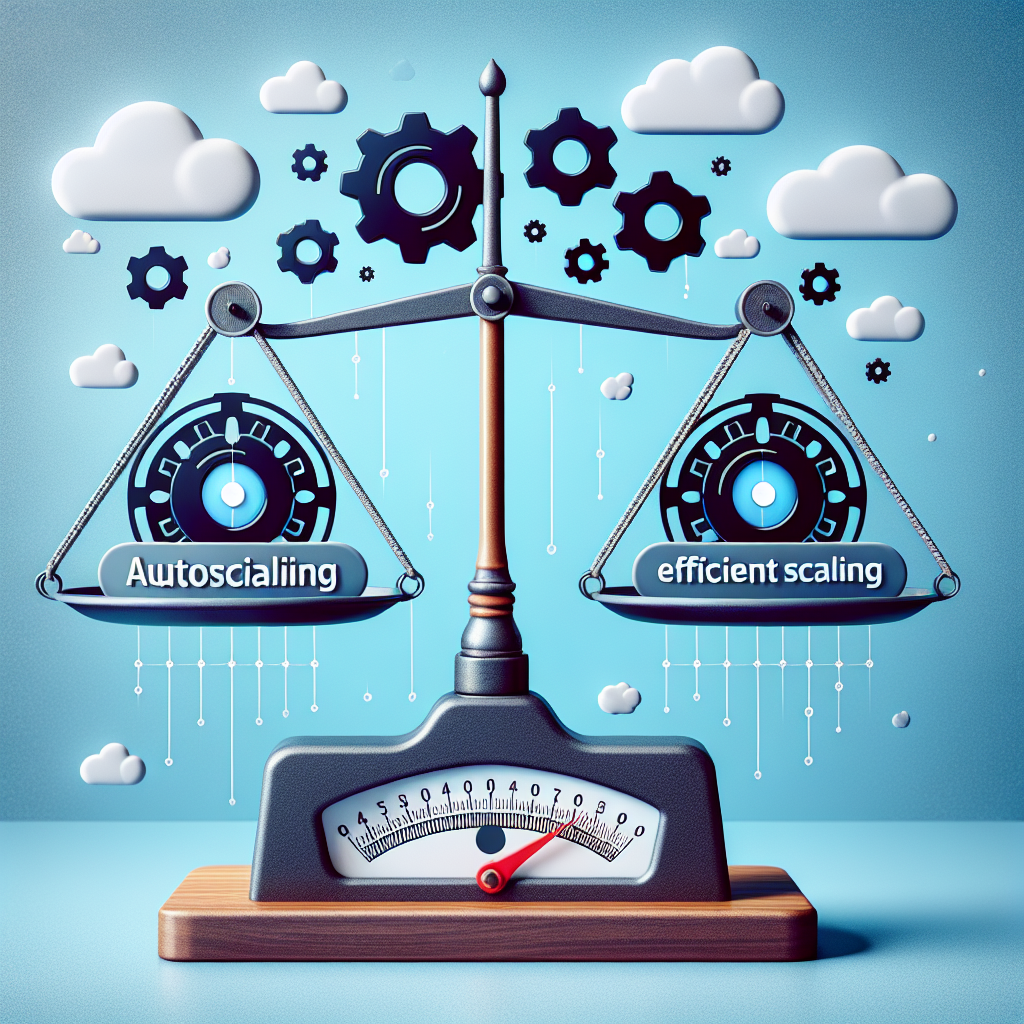Mastering Kubernetes Horizontal Pod Autoscaler (HPA) for Efficient Scaling

In the realm of cloud-native technologies, Kubernetes has established itself as a cornerstone for orchestrating containerized applications. One of the most compelling features of Kubernetes is its ability to scale applications automatically using the Horizontal Pod Autoscaler (HPA). Autoscaling ensures that your applications can handle varying loads without manual intervention, making your infrastructure more resilient and cost-effective. In this blog post, we'll dive deep into Kubernetes HPA, exploring its configuration, how it works, and best practices for optimizing your autoscaling setup.
What is Horizontal Pod Autoscaler (HPA)?
The Horizontal Pod Autoscaler automatically scales the number of pod replicas in a replication controller, deployment, or replica set based on observed CPU utilization or other application-provided metrics. This way, your application can handle spikes in demand by increasing the number of replicas and then scaling down when the demand decreases.
Prerequisites
Before diving into the configuration, you need to have the following prerequisites:
- A running Kubernetes cluster (version 1.2 or above).
- kubectl CLI tool configured to interact with your Kubernetes cluster.
- Metrics Server installed in your cluster to collect resource metrics.
Step-by-Step Guide to Configure HPA
1. Deploy a Sample Application
Let's start by deploying a sample NGINX application:
apiVersion: apps/v1
kind: Deployment
metadata:
name: nginx-deployment
spec:
replicas: 1
selector:
matchLabels:
app: nginx
template:
metadata:
labels:
app: nginx
spec:
containers:
- name: nginx
image: nginx:1.14.2
ports:
- containerPort: 80
resources:
requests:
cpu: 100m
limits:
cpu: 200m
Apply the deployment using:
kubectl apply -f nginx-deployment.yaml2. Verify Metrics Server Installation
Make sure the Metrics Server is installed and running:
kubectl get deployment metrics-server -n kube-systemIf the Metrics Server is not installed, you can install it by following the instructions from the official Metrics Server GitHub repository.
3. Create the Horizontal Pod Autoscaler
Create the HPA for the NGINX deployment based on CPU utilization:
kubectl autoscale deployment nginx-deployment --cpu-percent=50 --min=1 --max=10This command sets up an HPA that scales the NGINX deployment between 1 and 10 replicas, targeting 50% CPU utilization.
4. Verify the HPA
Check the status of the HPA:
kubectl get hpaYou should see output similar to:
NAME REFERENCE TARGETS MINPODS MAXPODS REPLICAS AGE
nginx-deployment Deployment/nginx-deployment 0%/50% 1 10 1 1m
Simulate Load to Test Autoscaling
To observe the autoscaler in action, you can simulate a load on the NGINX deployment using a load testing tool like hey:
kubectl run -i --tty load-generator --image=busybox --restart=Never -- /bin/sh
while true; do wget -q -O- http://nginx-deployment.default.svc.cluster.local; doneIn a few minutes, you should see the HPA increasing the number of replicas as the CPU utilization rises. Check the status of the HPA again:
kubectl get hpaThe output should now reflect the increased number of replicas:
NAME REFERENCE TARGETS MINPODS MAXPODS REPLICAS AGE
nginx-deployment Deployment/nginx-deployment 75%/50% 1 10 5 6m
Best Practices for Using HPA
While setting up HPA is straightforward, the real challenge lies in optimizing it. Here are some best practices:
1. Set Realistic Resource Requests and Limits
Ensure your pods have appropriate resource requests and limits defined. This helps Kubernetes make better scheduling decisions and maintains system stability.
2. Use Custom Metrics for Better Control
While CPU and memory utilization are common metrics for autoscaling, you can leverage custom metrics to capture more precise scaling indicators relevant to your application, such as request rates, latency, or specific business metrics.
For example, to use custom metrics, you need to expose them using Prometheus or any other monitoring tool and then configure HPA to use these metrics.
3. Avoid Thrashing
Set appropriate cooldown periods and thresholds to avoid frequent scaling events that can lead to thrashing. Adjust the --horizontal-pod-autoscaler-sync-period flag in the Kubernetes controller manager and configure HPA with reasonable target values.
4. Monitor and Adjust
Continuously monitor the performance of your HPA setup and adjust thresholds, metrics, and resource limits as necessary. Use tools like Prometheus and Grafana to create dashboards for better visibility.
Conclusion
The Horizontal Pod Autoscaler in Kubernetes is a powerful feature that helps you maintain optimal performance and cost-efficiency for your applications. By following the guidelines and best practices outlined in this post, you can set up and optimize HPA to ensure your applications are resilient and scalable. Have you implemented HPA in your Kubernetes clusters? Share your experiences, tips, and challenges in the comments below!



